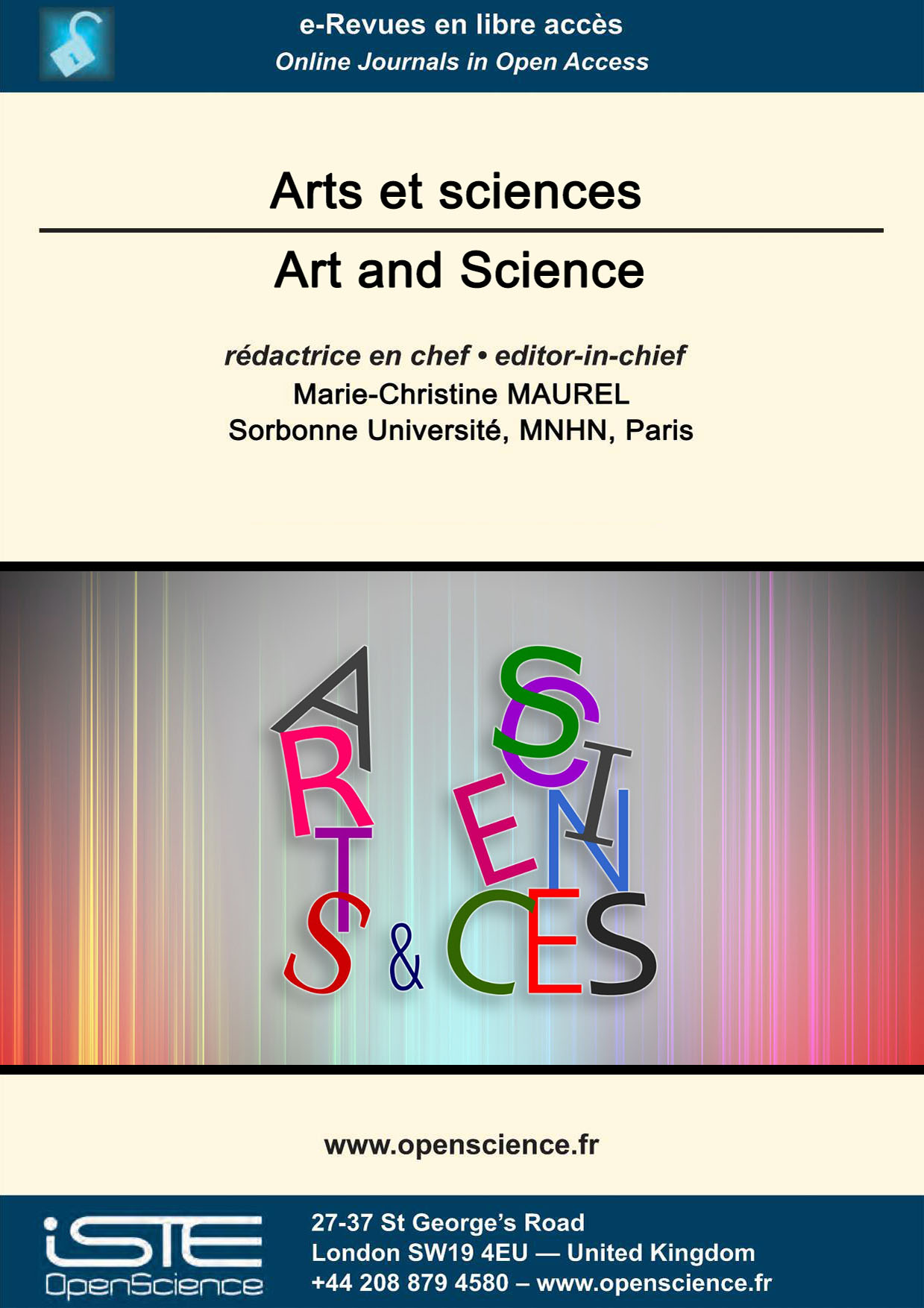

Social Sciences and Humanities > Home > Art and Science > Issue
We aimed at searching in color art paintings through all art periods from Ancient Egyptian Art to Contemporary Art for sclerotic scatter (SS) and peripheral light focusing (PLF), using large-scale internet databases. These phenomena originate from the illuminated side of the eyeshell: limbal sclera for SS or cornea for PLF. They end at the darkness of the opposite limbal scleral side, where they are either scattered (SS) or concentrated (PLF) forming a clear arc or spot of light, respectively ("light through darkness"). We found SS and PLF in 83 and 2 paintings respectively out of 113,962 paintings analyzed. These forms of objective chiaroscuro help to reconstruct a basic sense of eyeball modelling by bringing the limbus out of the shadows. Among the paintings with SS, most were painted during the following periods: Renaissance (44), Baroque (15), Rococo (11). Sixty-one of the paintings with SS have a dark background compatible with the fact that SS is more easily observed under low ambient light illuminance ("light through darkness"). Acknowledgment of SS and PLF as subtle, rare characteristics of paintings should help see them in a new light, contribute to their proper treatment and restoration and is likely to enhance their economic value.
The Venuses of Paleolithic and Neolithic arts are magnificent. They represent a "first time" for men to express their vision of the female body. They were representations without all the filters that the culture would have imposed on them later. Tracing the evolution of these images back to us allows us to penetrate a unitary thought where sex, the mystery of life and the throes of reproduction have long been confused in sophisticated simplicity. Sometimes the way of representing this unitary mystery changed and was expressed according to different codes. Can these codes provide a key to these distant minds? A little-studied example is the appearance around the beginning of the 3rd millennium B.C., in cultures distant from each other but all Mediterranean, of distinctly geometric forms. Sometimes geometry and opulence of forms coexisted, sometimes not. Tracing the evolution of these codes of representation is partly possible. An underestimated problem concerns the evaluation of the approach used to interpret these codes. A brief discussion of recent ways of approaching the description of literary and artistic reality can help us focus on this topic.
The British Museum holds a folio containing, in sketch form, a preparatory drawing for the cartoon of Saint Anne of Burlington House. Despite the similarities, the differences between the two compositions show how Leonardo was able to endow an internal geometry, the sketch transferred to a cartoon, and thus achieve the Cartoon of Burlington House.
Was the 17th century French artist Georges de La Tour in Italy? Did he paint the canvas entitled Diogenes? In a book published in 2021, the art historian Jean-Pierre Cuzin develops arguments in favor of an affirmative answer to the two statements. We analyze the logic of the arguments and show that they are not persuasive to reach a conclusion.

2025
Volume 25- 9
Issue 12024
Volume 24- 8
Special issue2023
Volume 23- 7
Issue 12022
Volume 22- 6
Issue 12021
Volume 21- 5
Special issue2020
Volume 20- 4
Special issue2019
Volume 19- 3
Issue 12018
Volume 18- 2
Issue 12017
Volume 17- 1
Issue 1